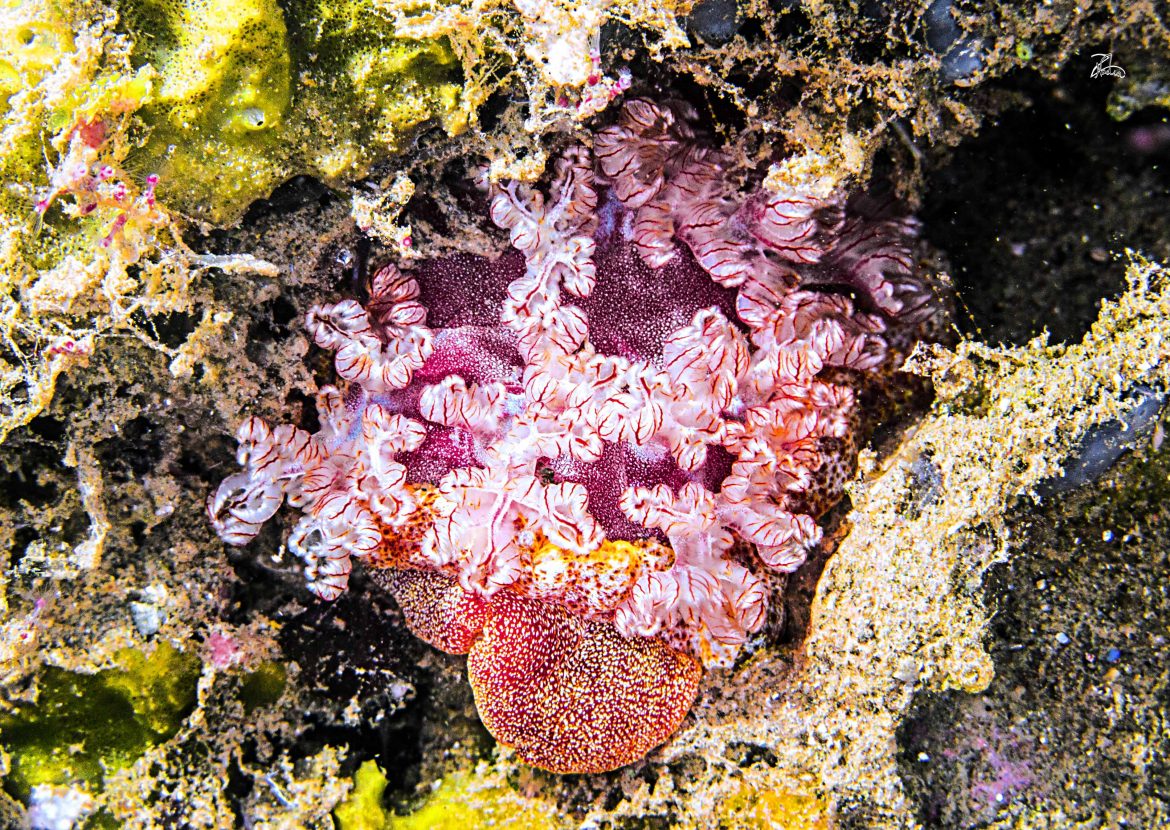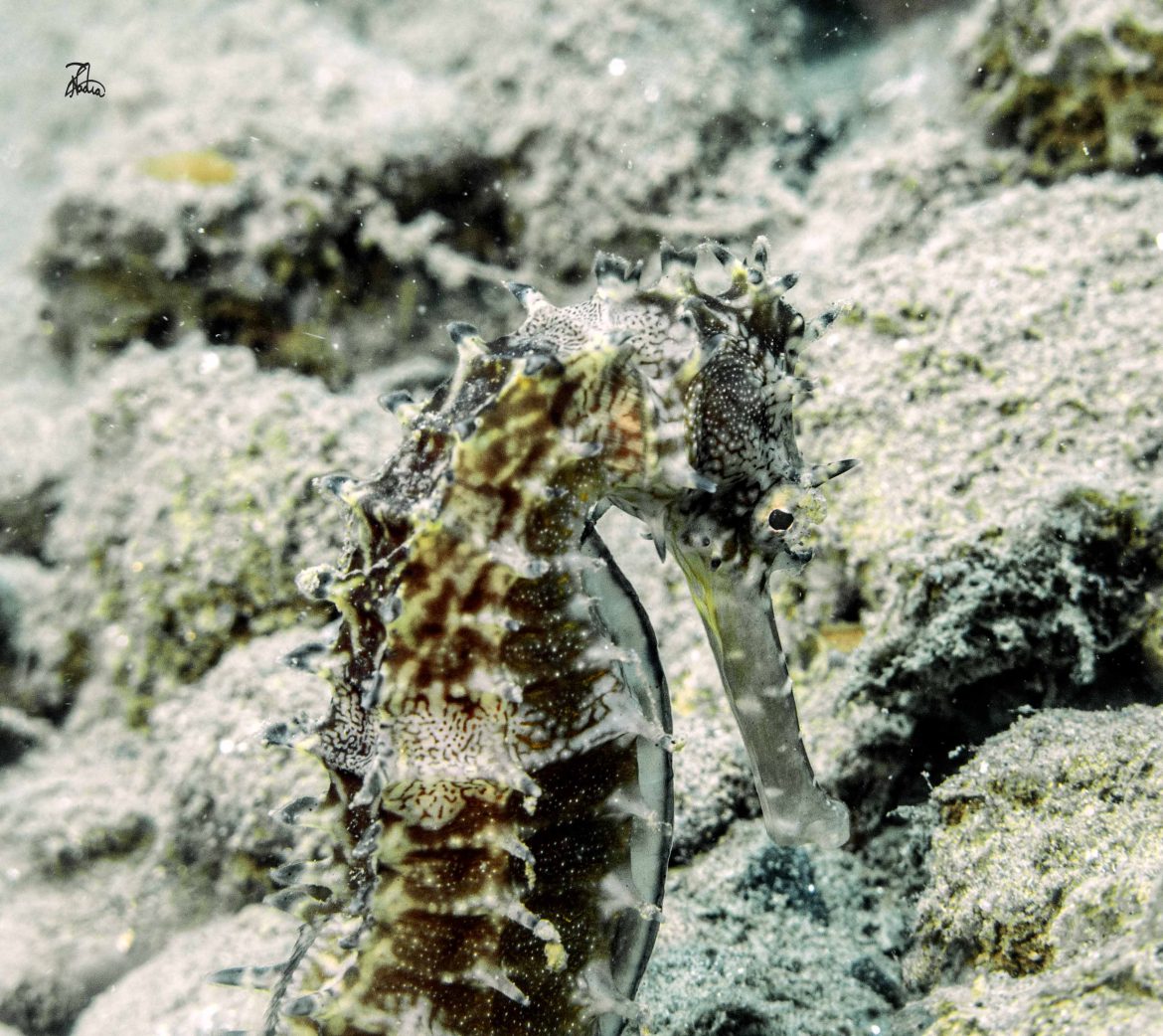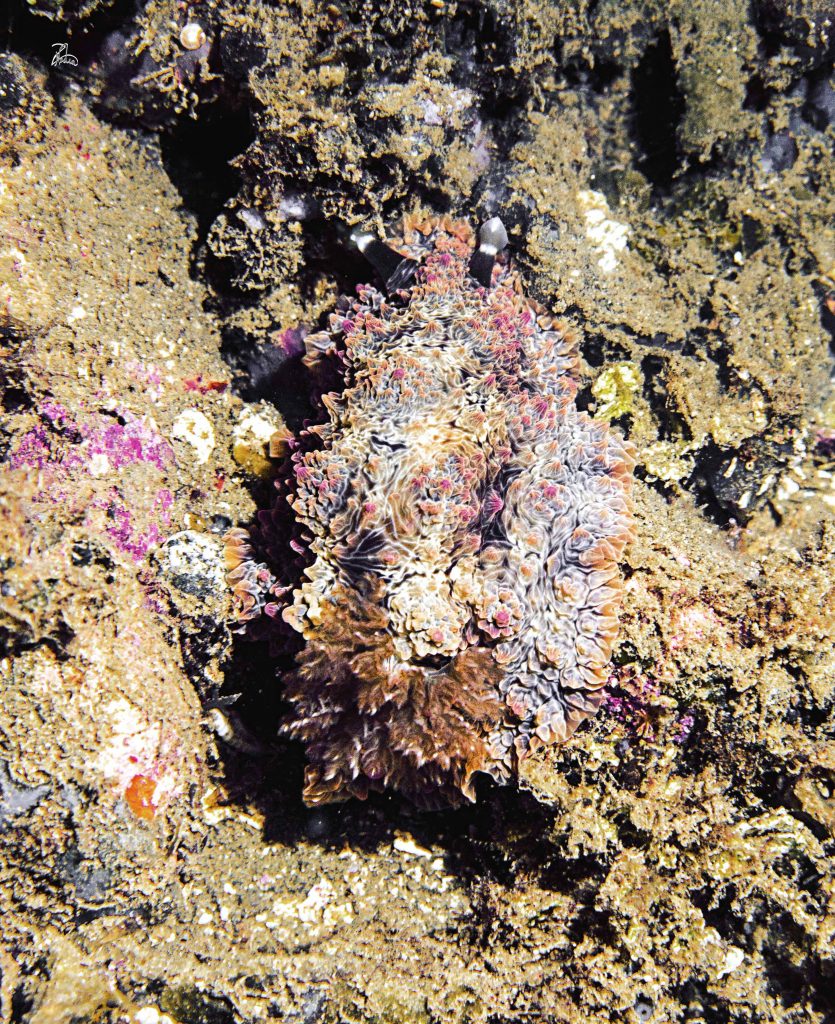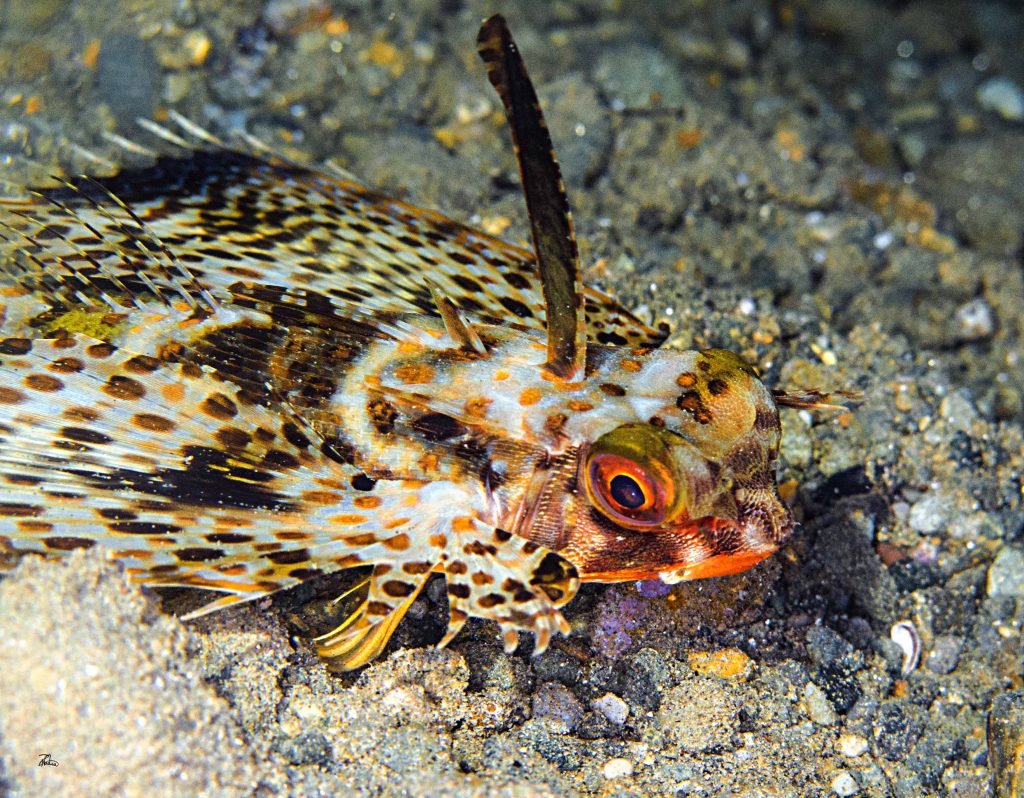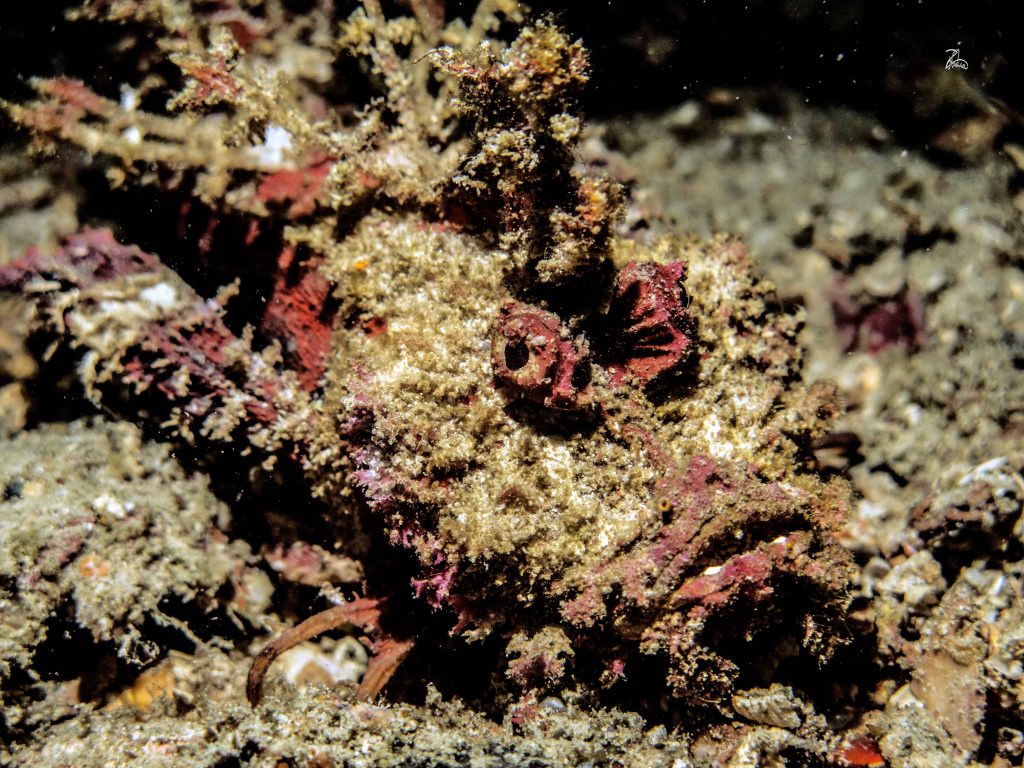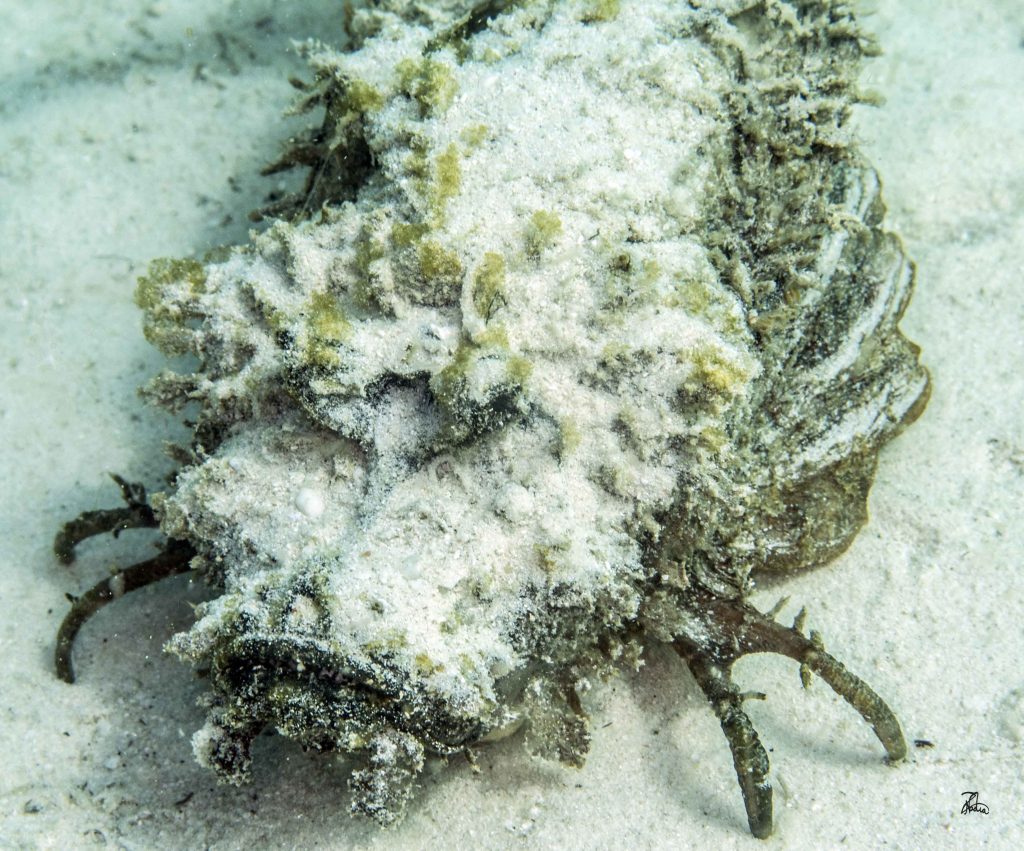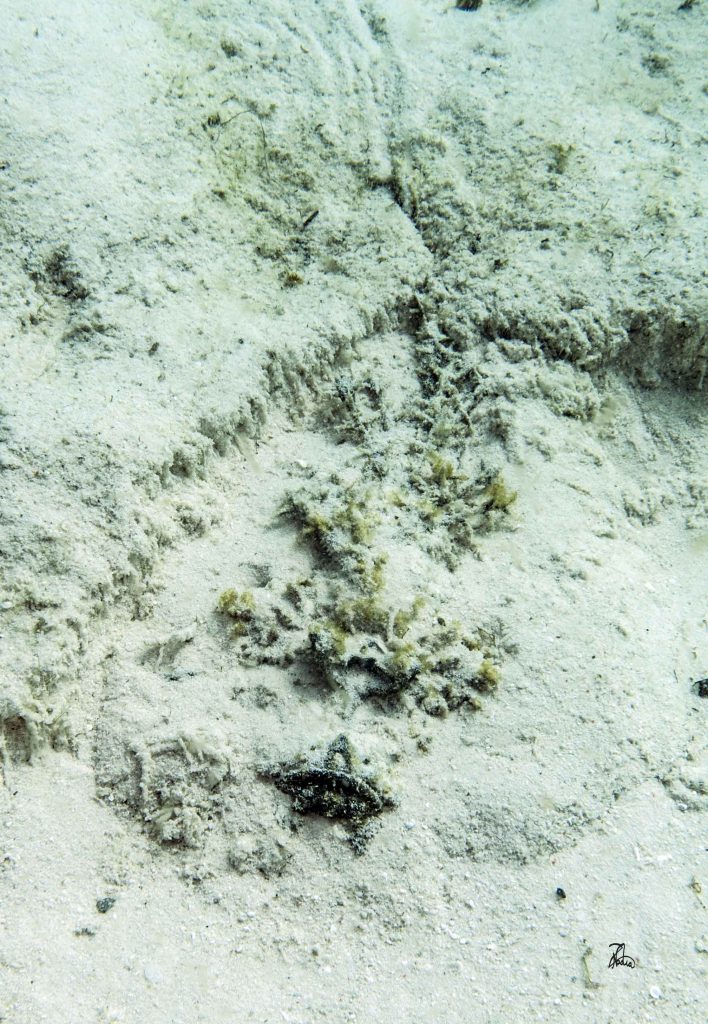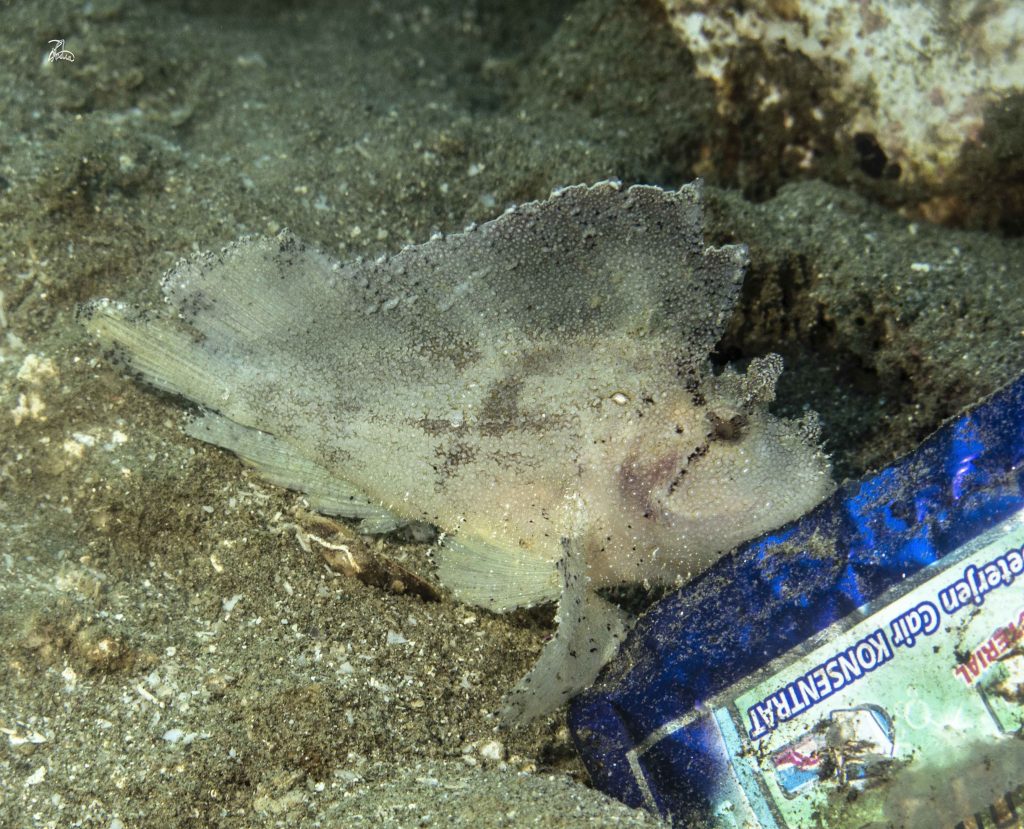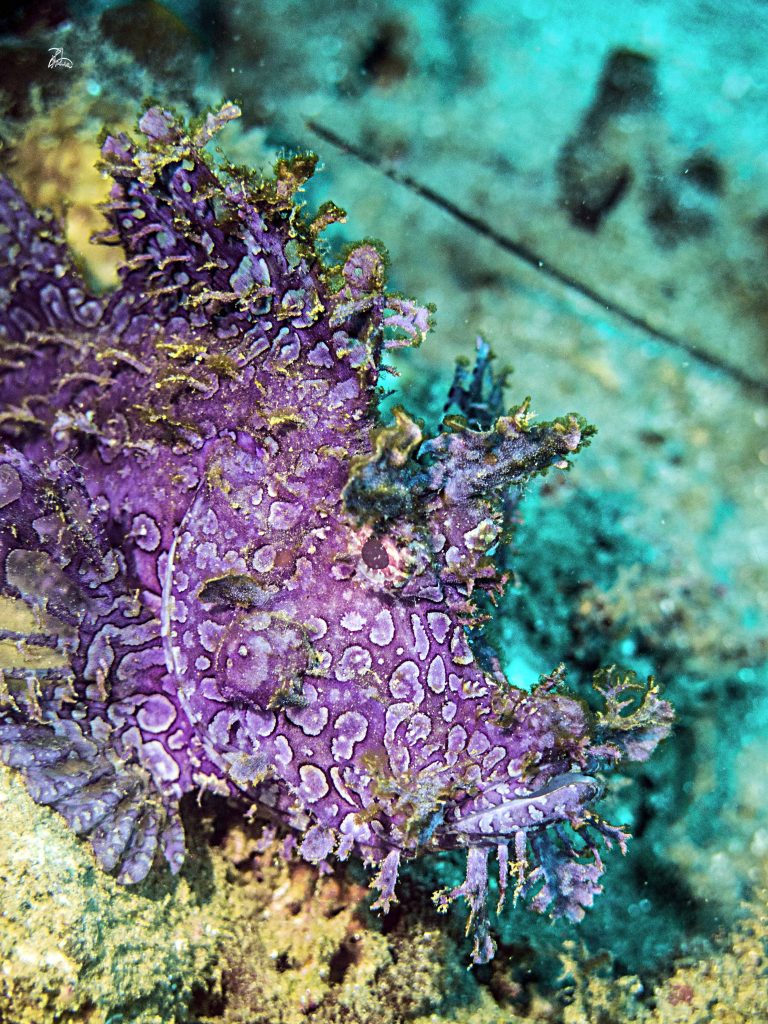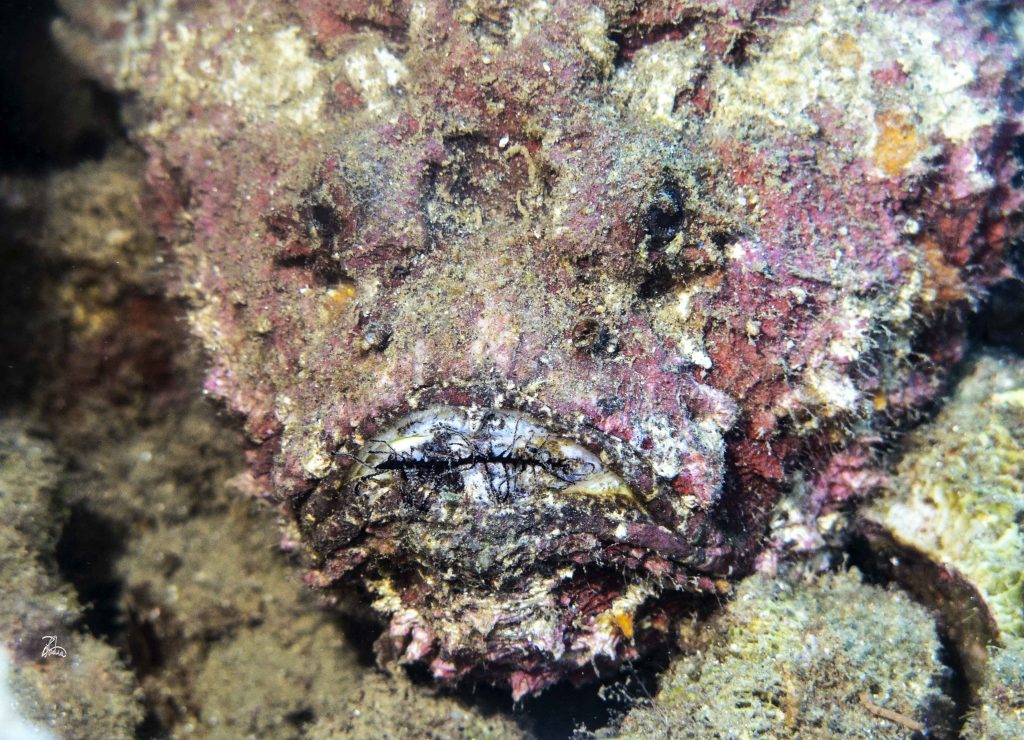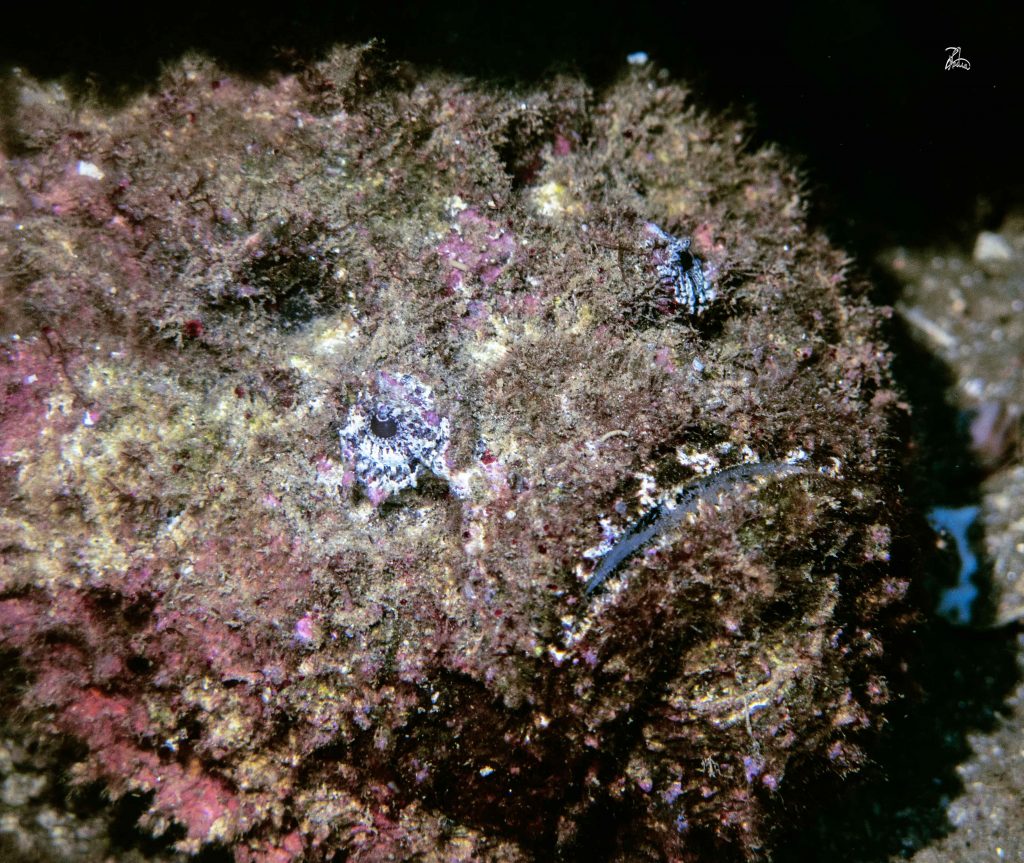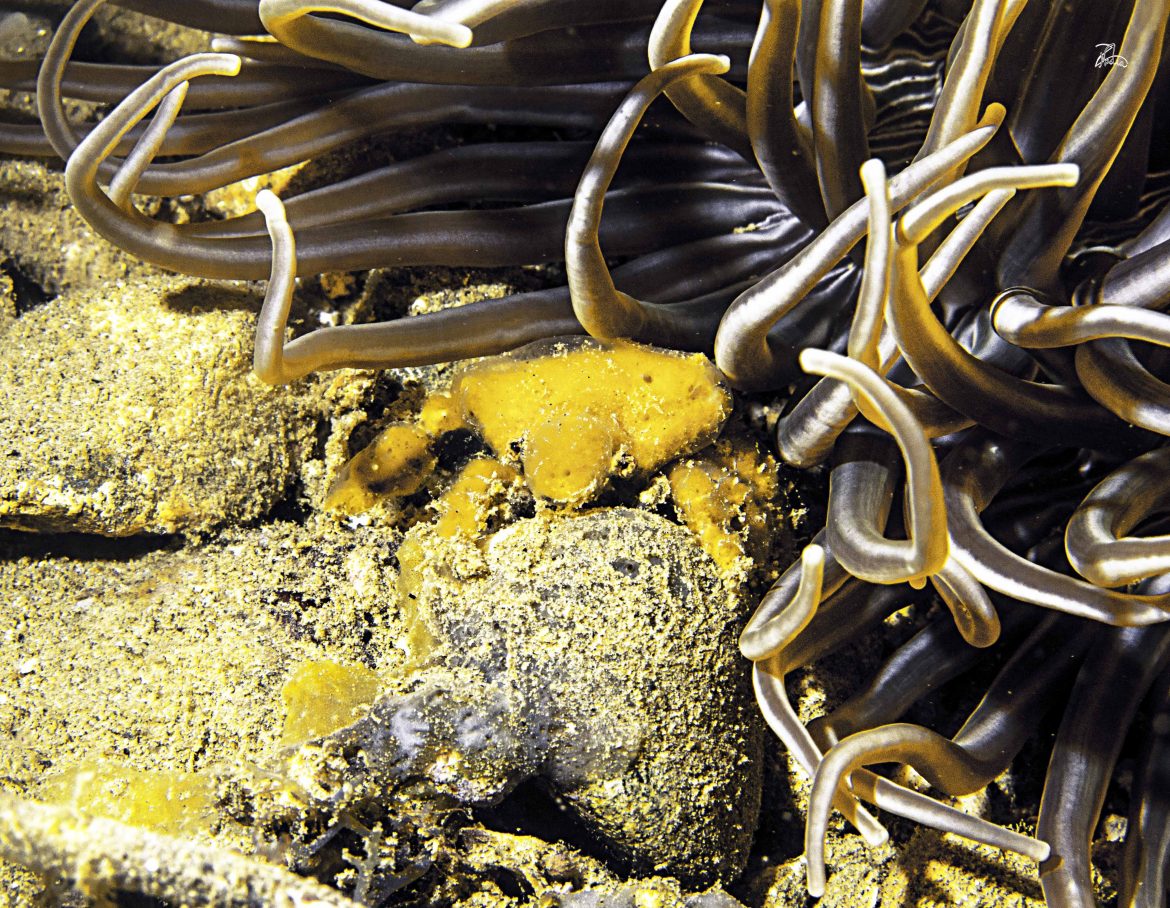Eco-tourism in unique biodiversity hotspots: the economic value of muck critters and macro-photography (photographed by Nadia Zuodar in apnea/freedive)
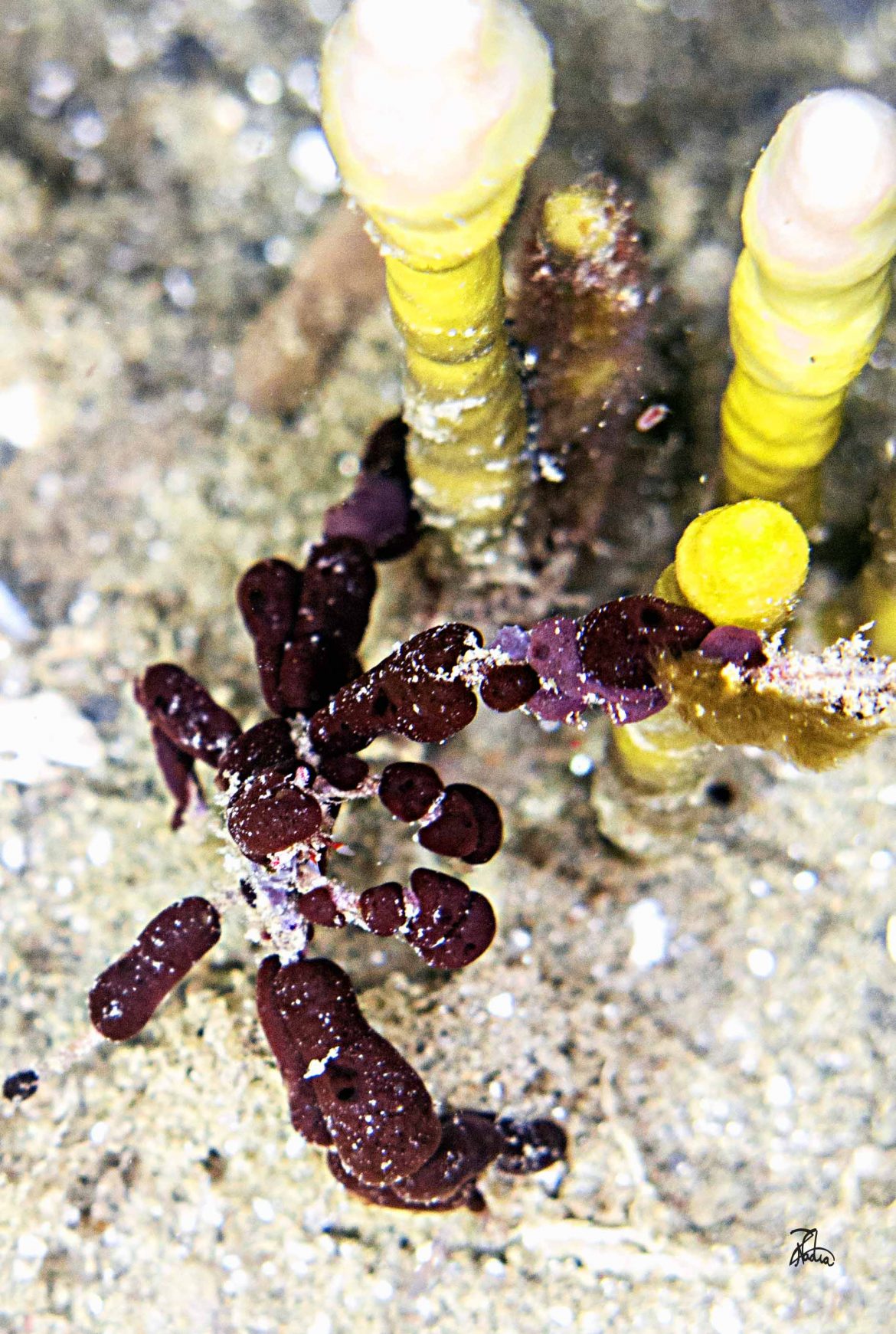
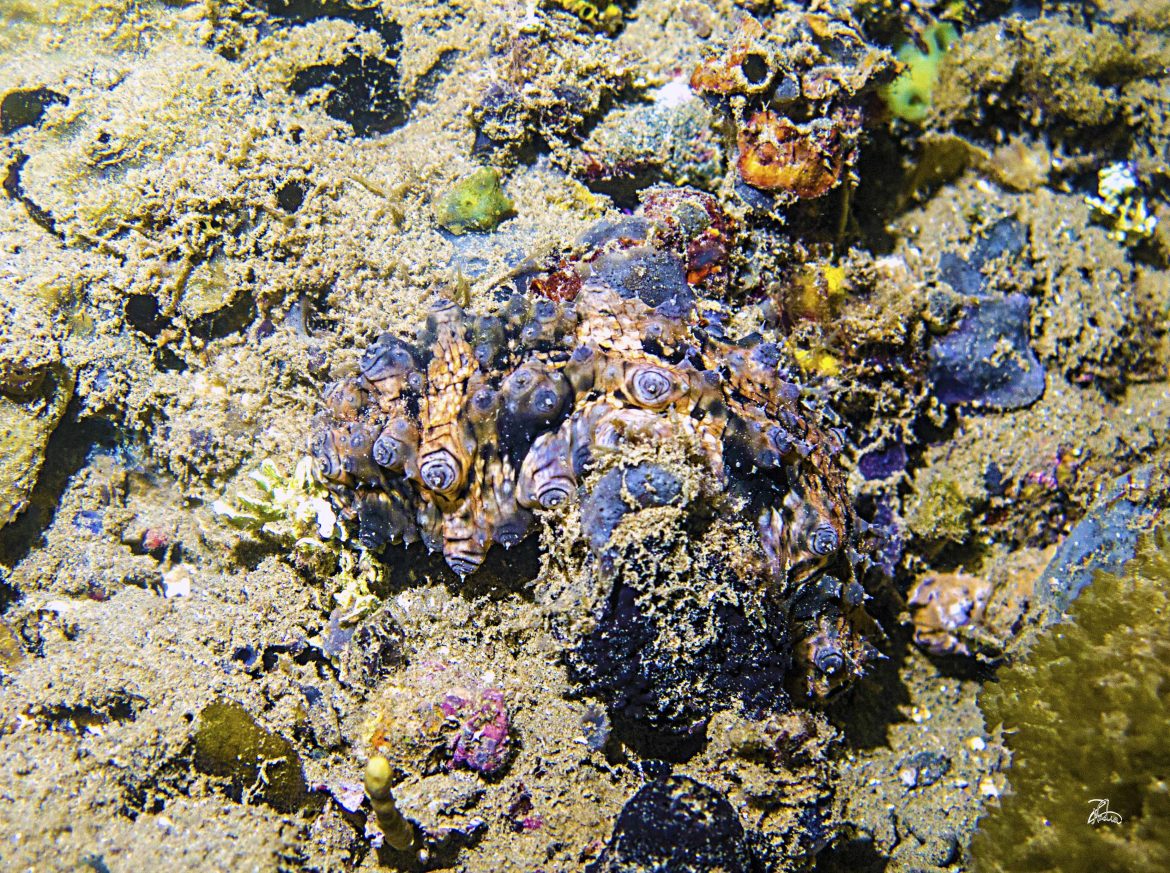 Underwater photography has gained immense popularity and made accessible the world most amazing jewels to the eyes of the public. But besides the colorful corals and pristine waters, there are a handful of sites that host unique species unlike any other seen in the world. Hiding on muddy bottoms, in sands and opaque waters, are a range of bizarre critters that have taken peculiar life forms adapted to their surroundings but also expressing life creativity at its best. Those unique biodiversity spots hosting species sometimes only seen in a single site, have led to the most rewarding of treasure hunt for macro-photographers, who can expose these beauties to the public while hopefully raise awareness on their existence to support preservation efforts.
Underwater photography has gained immense popularity and made accessible the world most amazing jewels to the eyes of the public. But besides the colorful corals and pristine waters, there are a handful of sites that host unique species unlike any other seen in the world. Hiding on muddy bottoms, in sands and opaque waters, are a range of bizarre critters that have taken peculiar life forms adapted to their surroundings but also expressing life creativity at its best. Those unique biodiversity spots hosting species sometimes only seen in a single site, have led to the most rewarding of treasure hunt for macro-photographers, who can expose these beauties to the public while hopefully raise awareness on their existence to support preservation efforts.
Indeed many of those sites can be found in areas of growing urbanization, such as in Moluccas where they are situated directly in Ambon city bay, in the Lembeh Strait in Sulawesi Island also situated in the vicinity of the city harbor, both in Indonesia. There are few similar sites in the region such as in Malaysia (Mabul Island) or the Philippines (Anilao). All the digital paintings (an art basing itself on photography) in this article have been taken freediving by Nadia Zuodar during the winter 2017-2018 in Ambon, Lembeh and Mabul.
Very little is known about those sites, nobody knows exactly the reason why they host such special lives, why some are spotted only once in a period of several years, may have already disappeared or have not been discovered yet and more importantly how urbanization such as water pollution, increase of boat traffic, overfishing, noise and other threats impact them. Very little research so far has taken place. Besides, they are gem hidden in the mud, their beauty is often unseen by locals or non-specialized people, even amongst divers, not all have the patience to look for macro-subjects or enjoy turbid waters. In some ways it is good for the sites as they attract comparatively less tourism, in other ways it is negative as many local communities, bathers, fishermen and apprentice scuba divers reject all their waste in those waters and stir the mud by negligence and unawareness. Some areas are recognized as protected sites but it is not the case for all and even like this, preservation efforts are widely insufficient. Plastic pollution is a great concern as is engine oil. However as mentioned earlier, so little research has taken place that nobody can assert now what are the main threats and positive factors. Talking to local divers however, what is sure is that occurrence of certain rare species are becoming scarcer with time. Despite that sad fact, fantastic meetings with animals awaits the patient photographer especially in the magical interactions by night. As a freediver, I could enjoy to be virtually alone by sunset exploring wonders often at only 5 meter deep. Indeed many critters do not necessarily need to be seen at depth while other require to go beyond 20-30m and scan the terrain for days with no guarantee to be seen. A particularly exhilarating experience was a night drift dive on a vertical wall in Mabul with extreme currents allowing just enough time to scrutinize the wall and spot life while being already pushed into the dark. 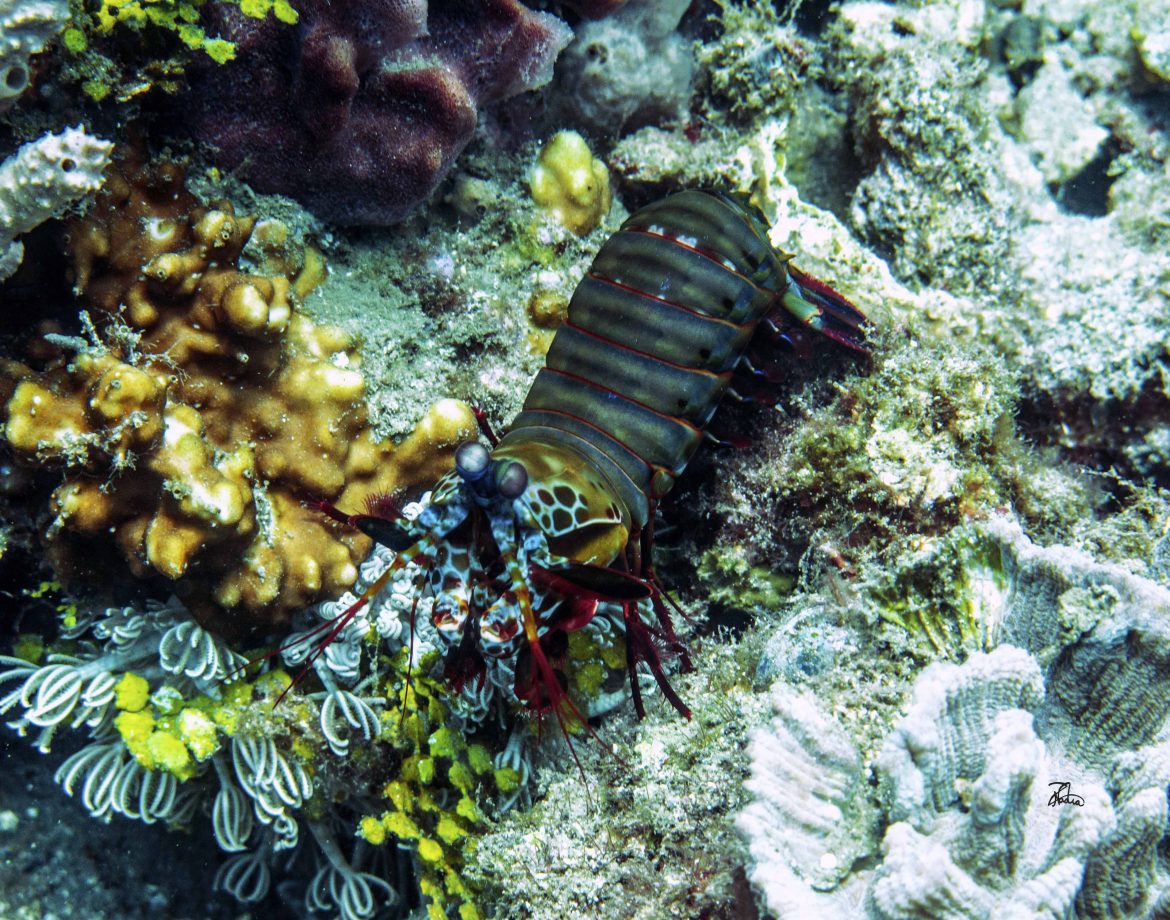
But the place I’ll keep dear to my heart is Lembeh. Such a tiny spot at a 5 min boat drive from the city, with very relaxing and luxurious shores. No need for heavy equipment, just a fisherman small boat following me while freediving on each side the passage. Plastic pollution was heartbreaking as microplastics could be seen in the whole water column (sadly like most places in Asia) but despite all truly hidden gems were awaiting their discovery such as frog fishes, nudibranchs, mandarin fishes (which spot of coral was being destroyed by illegal Chinese scubadiving boats unaware of the damage caused by their fins) and the famous peacock mantis shrimp (not unique to muck sites but I had to let you know about it as it is such an amazing, clever and beautiful shrimp). The mantis shrimp is famous for its world’s fastest punch (a .22 caliber bullet) using cavitation physics as illustrated by Shiela Patek Ted talk https://www.youtube.com/watch?v=RHTTIg7HY80 and https://www.youtube.com/watch?v=m78_sOEadC8 (to know more about cavitation physics and how the shrimp create tiny bubbles at the temperature of the sun!). Many critters have become masters in dissimulation and can change the color and texture of their skin, then remain immobile to fool their prey. Many are poisonous and not to be disturbed, some like stone fishes can beat in scaryness the best horror movies. However when approached with respect like most animals they do not pose any threat and are again a vivid illustration of mother nature imagination that outbeat our wildest dreams. All this adds to the thrill of the treasure quest and literally each day brings a new discovery being in spotting or in behavior.
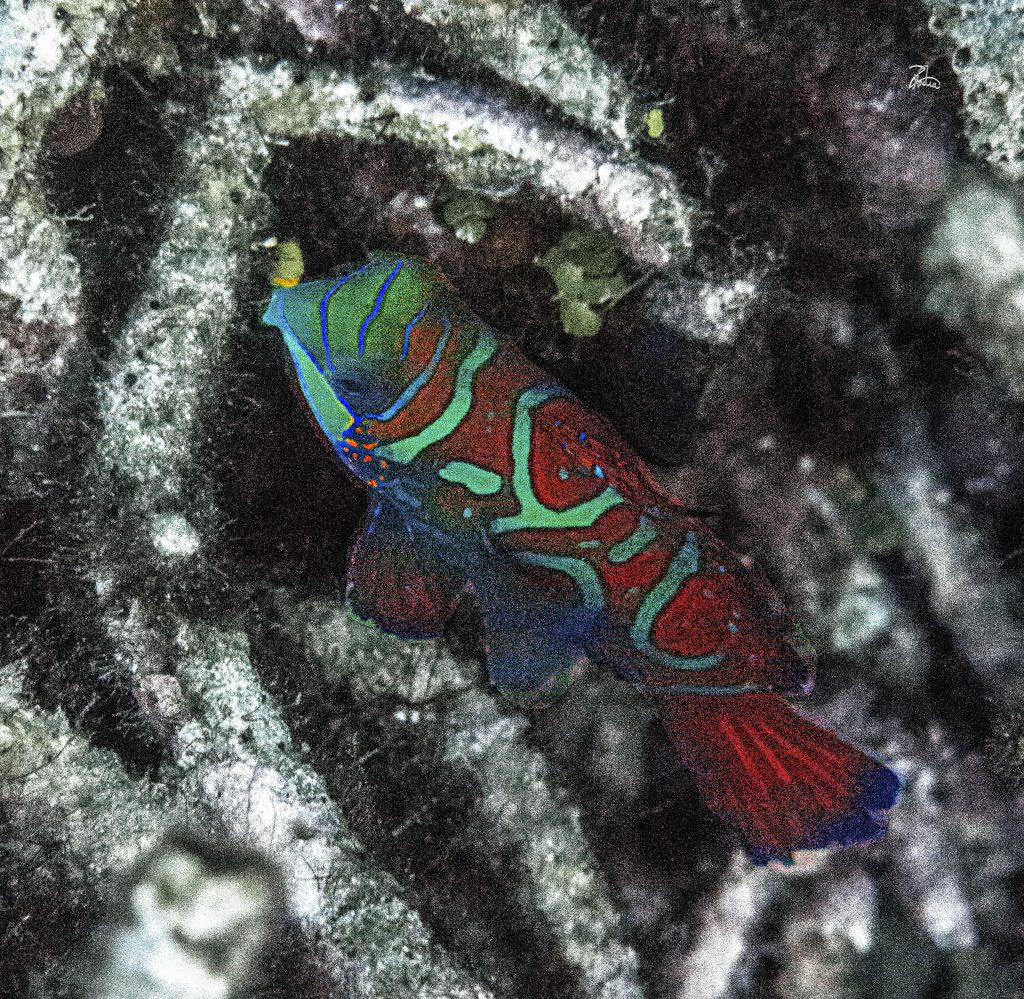
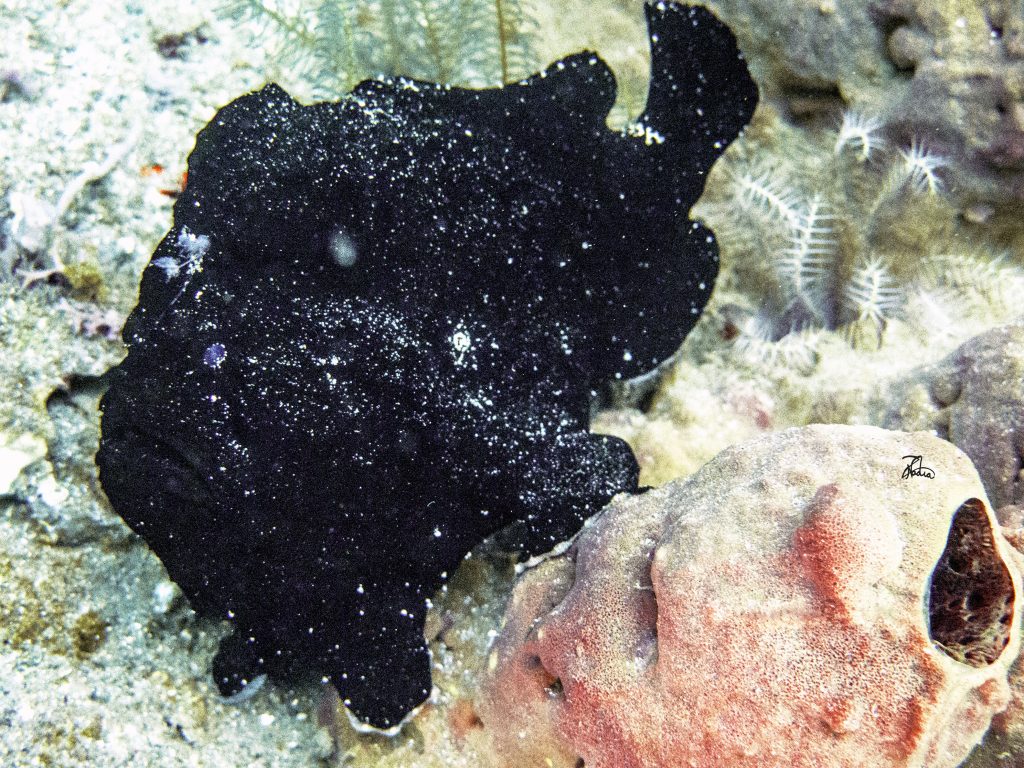
The communities, though unaware, have a treasure just at their feet because enlightened diving (both scuba and free) are excellent candidates for eco-tourism and contribute economically to regions that would otherwise get little tourists, such as in Ambon city. The expertise required to look for the tiniest life forms self-selects a respectful mindset and is not recommended for beginners with little buoyancy. According to the review AsianDiver (issue 142), close to 80 000 muck divers come yearly to South East Asia amounting to up to USD100 million per year spent to see the critters. It is important for communities and divers alike to recognize the economic value of those sites and encourage local governments to take protection measures. Because it may well be that the income generated by eco-tourism on those sites balances off other economic plans (such as industrialization, transports, mainstream tourism, etc.) in absolute value but also in spreading economic benefits. Indeed eco-tourism in those sites can go hand in hand with small community business development as expectations are not for luxury spas or a diversity of offer (except for non-diving family members). If this mindset is kept, to live close to nature, in upgraded local housing, consuming local produce, it is definitely an ethical niche. Besides it diverts some of the fishermen to a more sustainable livelihood.
So please spread the word around you and contribute to local preservation efforts. Given the little awareness contrarily to corals for which there are specialized NGOs, I cannot refer you to any collective effort. You may want to enquire locally, convince your local diving center to take up actions and if you happen to be a national from those sites, it is time to go beyond business competition towards collaboration or there will be no business at all in the future.
For the ones who want to know more about trustable local operators and specifics about the freediving and scubadiving, feel free to email.
(Generic names from top to bottom and left to right: crab, nudibranch, spider, peacock mantis shrimp, mandarin fish, frog fish, nudibranch, seahorse, nudibrand, dragonet, devil scorpionfish 3x, leaf fish, rhinopia, Ambon stonefish 2x).
